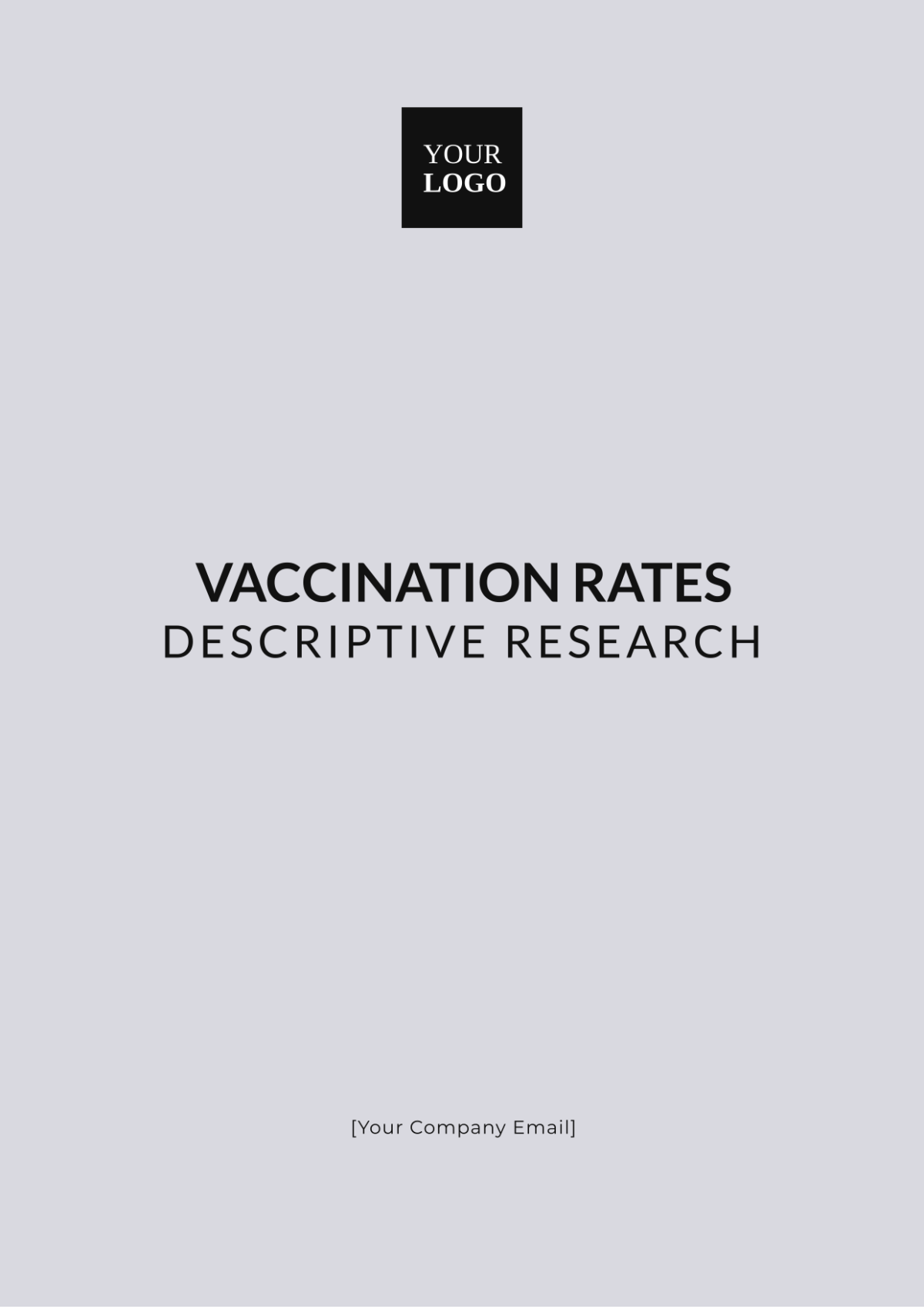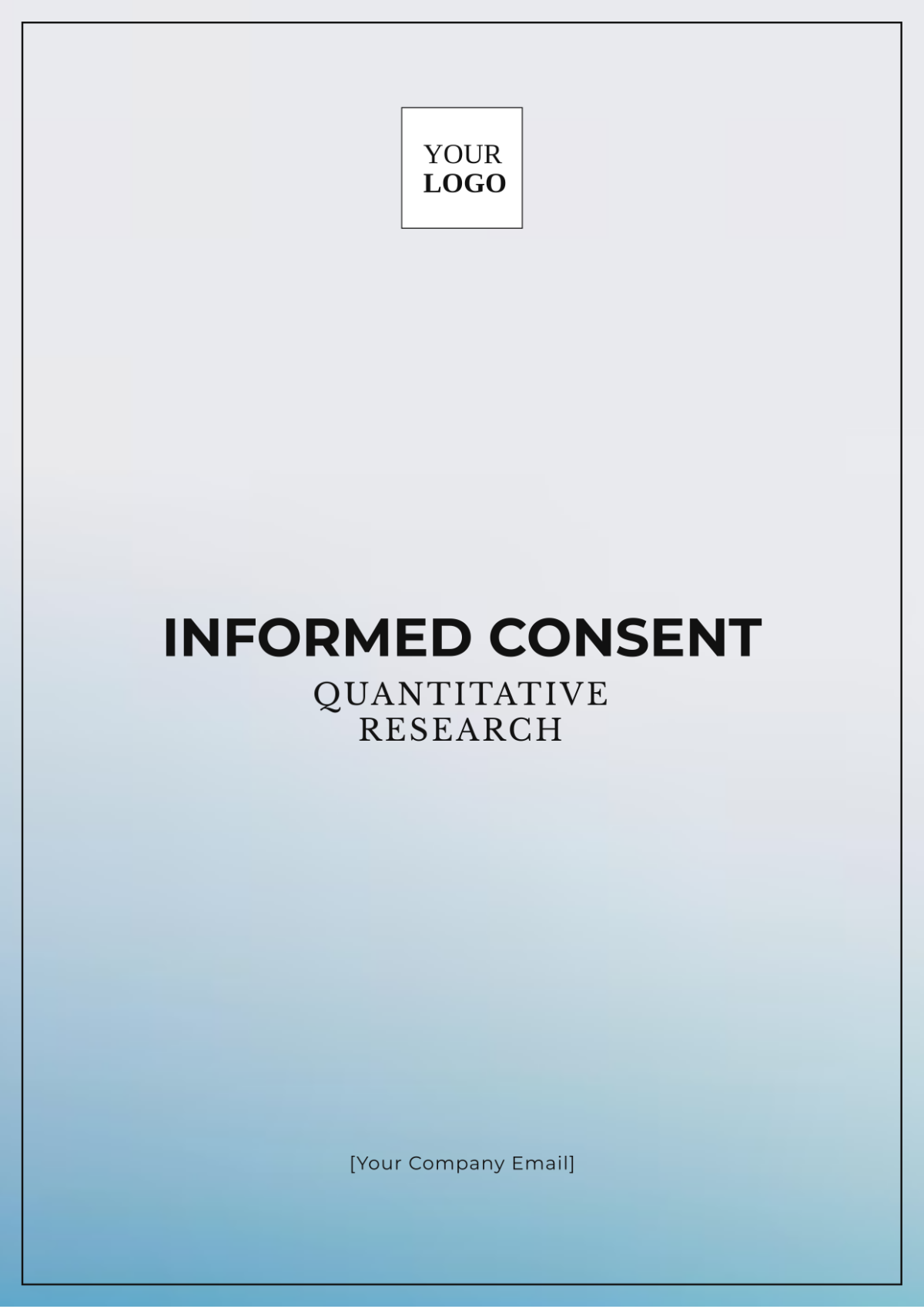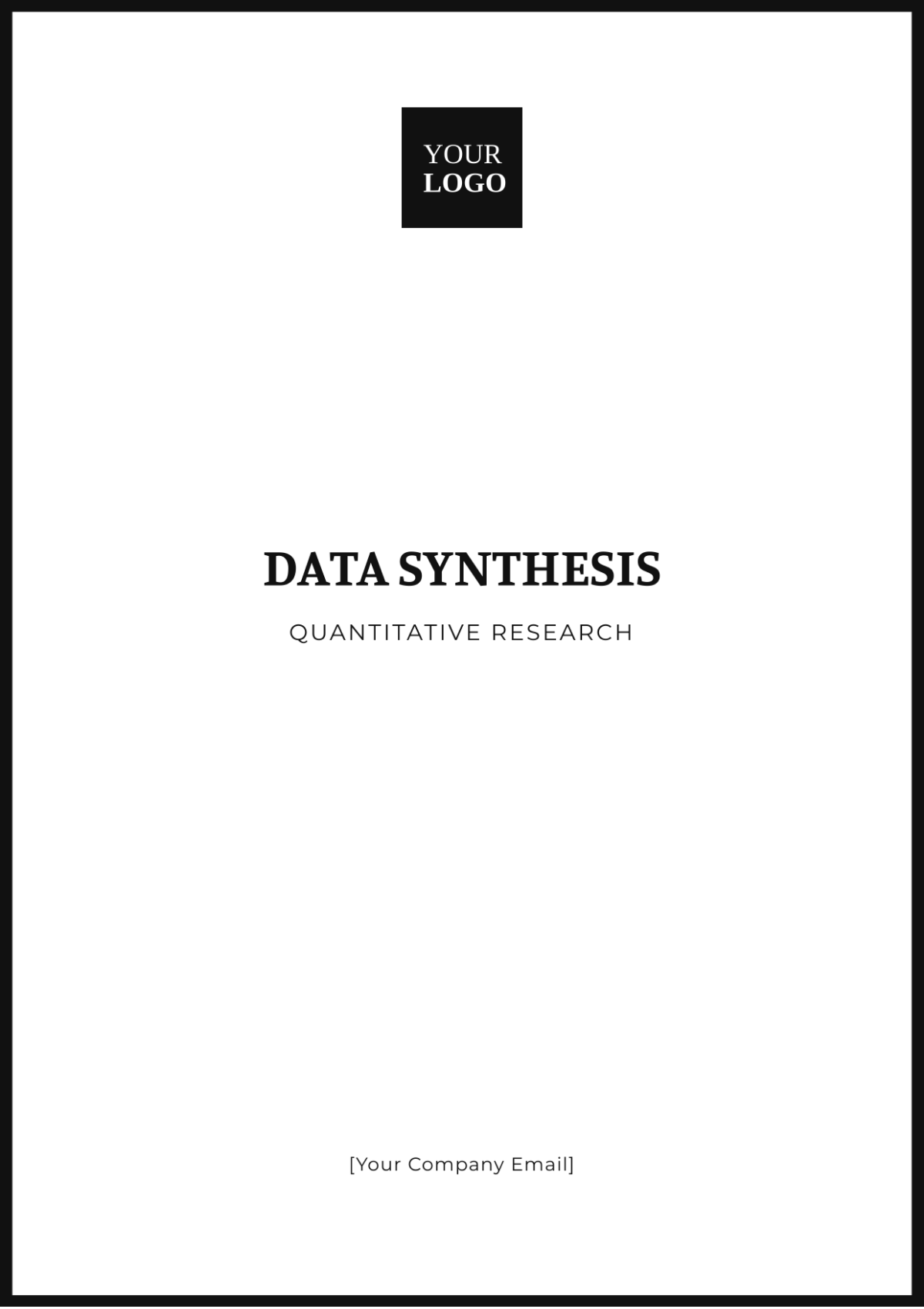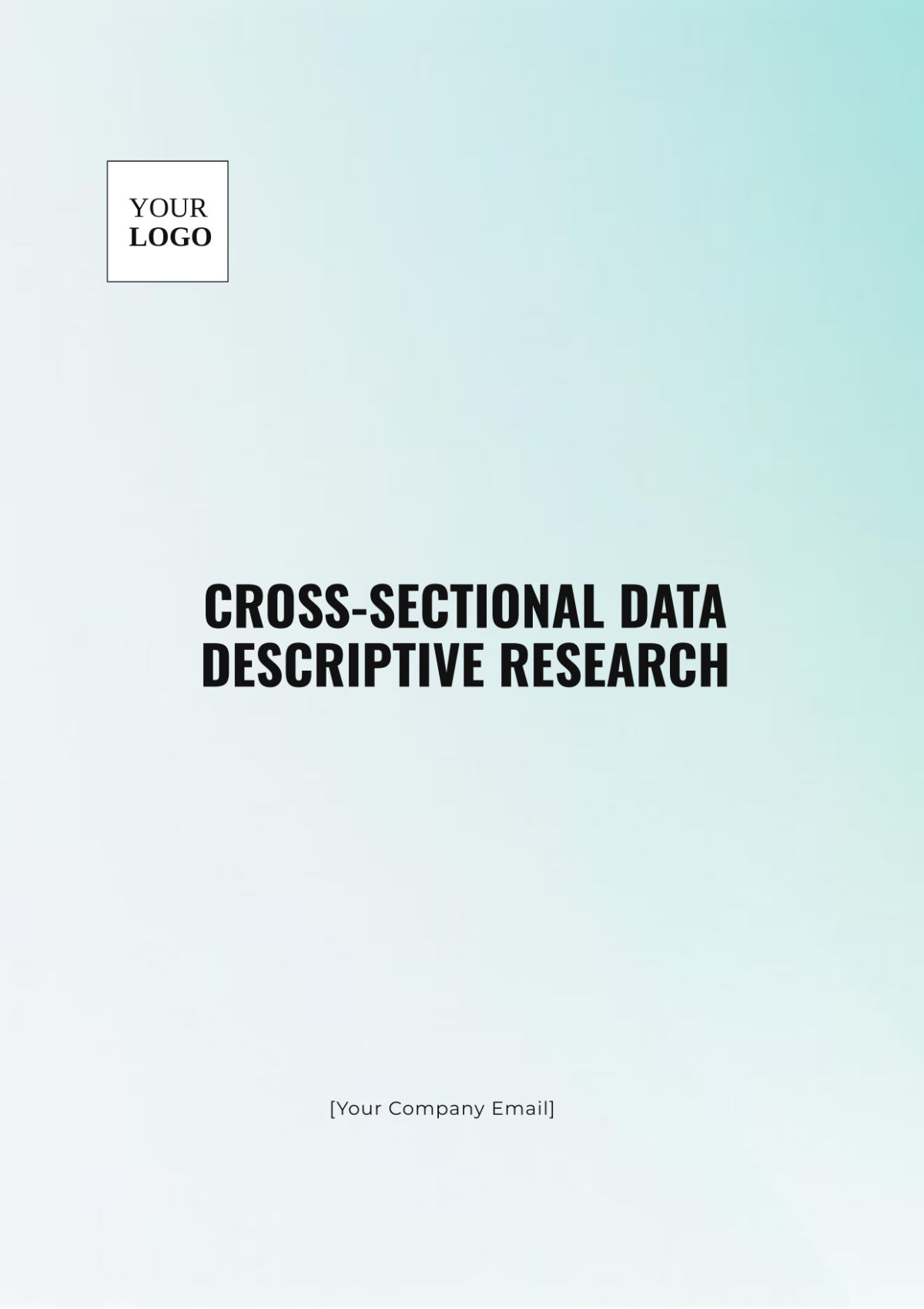Free Demographic Quantitative Research Template
Demographic Quantitative Research
Prepared By: [YOUR NAME]
Date: [DATE]
I. Introduction
Demographic quantitative research involves the systematic collection and analysis of numerical data related to specific population groups, such as age, gender, income, and education levels. This type of research is crucial for identifying trends, patterns, and relationships within demographic segments. By utilizing statistical methods, researchers can derive insights that inform policy-making, marketing strategies, and social programs. The objective of this research is to explore and understand the significance and applications of demographic quantitative research.
II. Methodology
In this section, we outline the methodologies employed to gather and analyze demographic data. The following components were crucial:
Category | Details |
|---|---|
A. Data Collection Methods |
|
B. Sampling Techniques |
|
C. Statistical Analyses |
|
III. Results
The findings of this research are presented through various graphical representations and tables for better comprehension.
Age Group | Frequency | Percentage |
|---|---|---|
18-24 | 100 | 10% |
25-34 | 250 | 25% |
35-44 | 200 | 20% |
45-54 | 150 | 15% |
55+ | 300 | 30% |
Table 1. Age Distribution
Income Range | Frequency | Percentage |
|---|---|---|
$0-25,000 | 150 | 15% |
$25,001-50,000 | 200 | 20% |
$50,001-75,000 | 250 | 25% |
$75,001-100,000 | 300 | 30% |
$100,001+ | 100 | 10% |
Table 2. Income Levels
IV. Discussion
The results indicate the presence of multiple significant trends and patterns that are observed within the different demographic segments that were studied.
A. Income Distribution
A notable concentration of the population falls within the $75,001 to $100,000 income range. This suggests a broad economic stability among the majority of individuals, indicating a relatively affluent demographic base.
B. Gender Distribution
The gender data shows nearly equal representation between males and females. This balance is crucial for developing gender-sensitive policies and ensuring equitable opportunities across genders.
C. Age Groups
A substantial portion of the population is in the 25-34 age bracket. This demographic is pivotal for economic growth, as it represents a younger, potentially more dynamic workforce with the capacity to drive innovation and productivity.
D. Educational Attainment
A significant proportion of the population possesses a bachelor’s degree, reflecting a high level of educational attainment. This suggests a well-educated workforce, which is beneficial for sectors requiring skilled professionals.
E. Implications
Targeted Policies: There is a need for policies specifically aimed at the younger demographic, focusing on employment opportunities and educational advancements to harness their potential.
Economic Reforms: Addressing income disparities through progressive economic policies could further enhance economic equity and stability across different income levels.
V. Conclusion
The key findings from the demographic quantitative research highlight critical aspects of population characteristics such as age distribution, gender balance, income levels, and educational attainment. These insights are invaluable for creating effective policies, strengthening marketing strategies, and developing social programs that address the needs of various demographic segments.
We recommend further research to continuously monitor demographic changes and address emerging trends. Collaboration between governmental bodies, educational institutions, and private organizations is also suggested to ensure comprehensive data analysis and effective implementation of findings.
VI. References
American Statistical Association. (2050). The role of statistics in society.
Federal Interagency Forum on Aging-Related Statistics. (2051). Older Americans 2020: Key indicators of well-being.
U.S. Census Bureau. (2053). American Community Survey data.
Smith, J. K., & Brown, L. M. (2052). Understanding demographic data: Methods and applications. Sage Publications.

















































